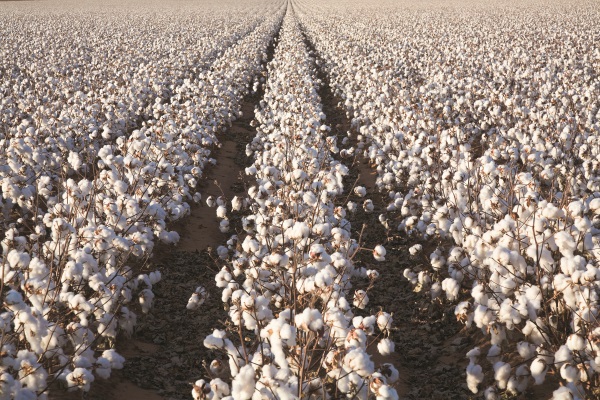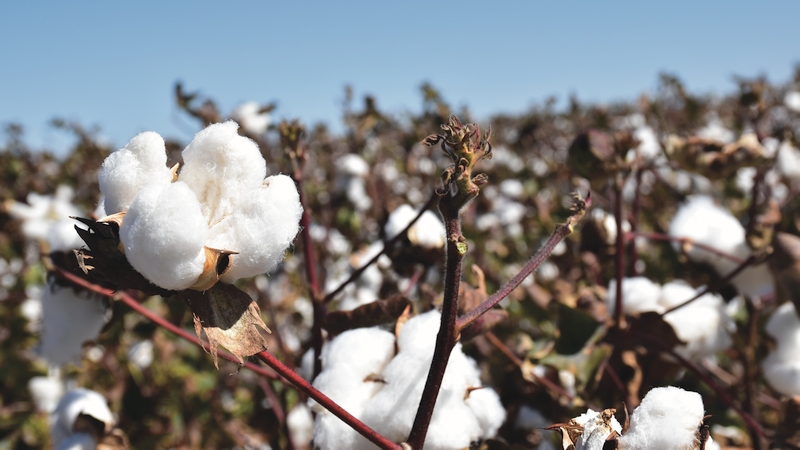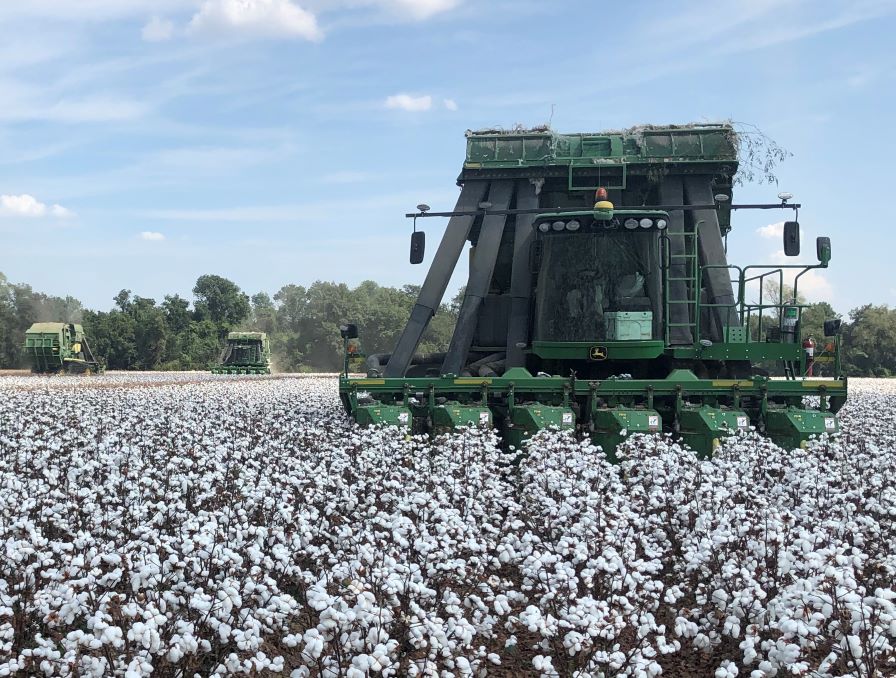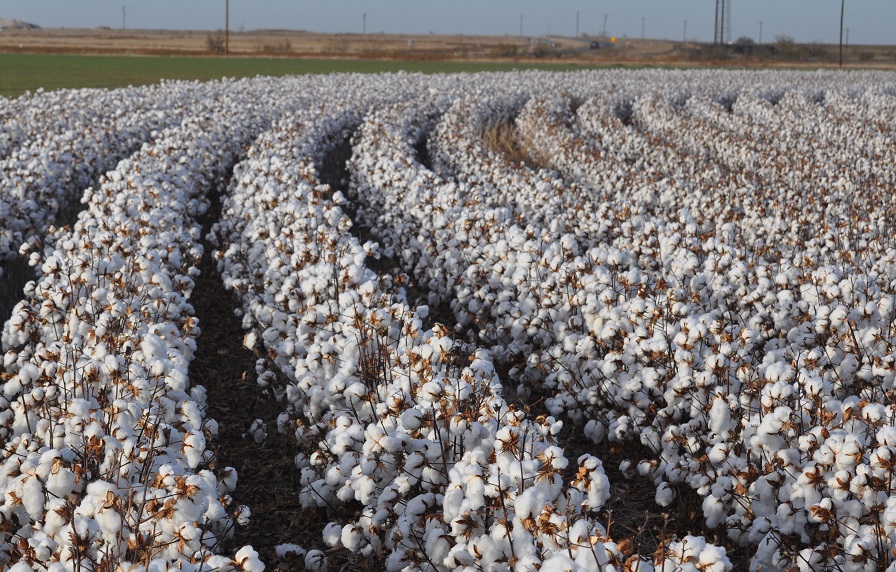Put Experience and Opportunity to Work for 2022 Planning
As U.S. cotton production transitions from a highly successful 2021 to the early season unknowns of 2022, it’s good to step back and look at successes of the year and the lessons they provide for the year ahead.
“Obviously 2021 finished on a high note,” says Dr. Aaron Smith, University of Tennessee Extension Cotton Economist. “Some people made out very well in 2021 in terms of profitability.”
Dr. John Robinson, Extension Cotton Marketing Specialist with Texas A&M University, concurs.
“It’s rare to have really strong prices with really good yields and growing conditions, and that’s how the 2021 season worked out for the most part,” he notes. “This kind of situation is one where growers take what they can get from it, pay down debt, pay off carryover debt, and maybe do some capital investment if they need new machinery, and have some savings and retirement contributions. It’s very beneficial. We needed this year.
“In early 2021, there were a whole lot of ifs with the crop,” he explains. “It started off very, very dry then rained too much through July, which raised the question ‘Will we have time to finish?’ The answer was yes, we had plenty of time to finish. The fall worked out the way it needed to.”
Watchouts for 2022
Although cotton prices remain high as the year begins, Smith says growers need to keep several things in mind as they finalize plans for planting.
“The cautionary tale that I’m telling a lot of our cotton producers is that those growers who made out the best did virtually no pricing until the end of the season,” he says. “I do not expect that to be the case for 2022. I think there are some real warning signs. I don’t think we’ll see a total collapse, but to think that we’ll be under the same environment now compared to a year from now, a lot of things would have to go correctly.”
“Now, we’re shifting gears,” adds Robinson. “Things are drying across the Belt – certainly in Texas and parts of the Mid-South. That fits the forecast that we’re in a La Nina advisory, when its typically cooler in the Pacific and warmer and dryer in the southern United States, particularly the southwest portions where it’s forecast into the spring.
“What usually happens in the southwestern region when it’s dry like this, cotton does better as an insured claim, or it does better as an agronomic crop,” he says. “Either way, cotton does better than winter wheat or spring feed grains when moisture is lacking. Typically, in response to conditions like this, growers will increase their cotton plantings, particularly when the insurance price is high.
What should growers do?
Smith outlined four things that growers need to consider for early 2022.
First, determine how you can manage and mitigate risk in terms of maintaining output price relative to what you’re going to plant. A more aggressive approach may be justified this year because of the value of the inputs that will be needed.
“When growers are securing inputs for the 2022 crop, the worst-case scenario in my mind is if you buy inputs before the new year and we see a reversal in price for the crop, you have high priced inputs and a lower price for the commodity,” says Smith. “When purchasing inputs, we want to secure a price floor. I’m not a fan of doing straight cash or contract sales or even a short hedge. I think there’s risk to that. But securing a price floor with some out-of-the-money corn options could be a pretty strong move to protect that extreme downside.”
Second, try not to compare this year to another year. The last time cotton crossed the dollar price mark was 2011. As Smith notes, there are some comparisons there, as well as some real differences. “When you look at cotton prices that year, they were more beneficial in terms of price ratios compared to corn than they are now,” he explains. “Right now, the price ratio does end up favoring corn over cotton for many Mid-South producers and that could dampen some of the acreage.”
Third, control input costs. There are a lot of moving parts right now in terms of producer decisions, especially with high input commodities like cotton and corn. “The price ratio, the input cost, and comparisons to past years will dictate where cotton acreage goes,” says Smith.
And fourth, in terms of extra acres for the year, cotton faces some headwind because it’s a tough crop to just dip your toe in. “Growers that are in it will probably increase cotton acres,” predicts Smith. “But I’m not sure we’ll see new entrants into cotton in terms of number of producers. There’s still a lot of benefit to growing corn and soybeans in the Mid-South.”
What about acreage and the market?
Both Robinson and Smith believe cotton acres will increase in 2022. How much that increase will be, however, is the big question. And several different factors could help determine the final number.
“The normal model I would use to predict swings between cotton and feed grains in the southwestern region would suggest that we’ll probably have the same amount of cotton planted as last year, plus or minus a million acres,” says Robinson. “I would expect 11.5 to 12 million acres just based on economics. When you add in the drought and high insurance price, it tilts my expectations to the high side between 12.5 and 13 million acres. The whole picture is one of uncertainty.
“A typical volatile weather market is what I’m expecting,” he adds. “Prices will be kind of supported and volatile, with upside potential from reactions to the weather. We could see a lot of that. I could see the futures market trading between 75 and 90 cents until the uncertainty is resolved, but that probably won’t happen before September.”
“Nationally, there are a lot of moving pieces,” points out Smith. “For example, if you look at just upland cotton, we added about three million acres last time we had dollar cotton. I don’t think we’ll get there, but an extra two million acres is a potential possibility compared to 2021.”
As far as the impact on cotton prices, Robinson anticipates some fireworks between now and summer related to on-call contracts with mills. Long story short, the mills need to finalize those contracts and buy back the hedges on that position. Long speculators are watching closely. If mills buy their way out, it could push prices higher and make forward pricing for 2022 challenging, especially with a dry weather forecast.
“Crop insurance provides a guarantee, and growers could price up to the level of the guarantee or less and still help themselves with this opportunity,” he says. “But there’s downside risk, too. We could have a big crop, the speculators could take their profits, and prices could fall back into the mid-70s.”








